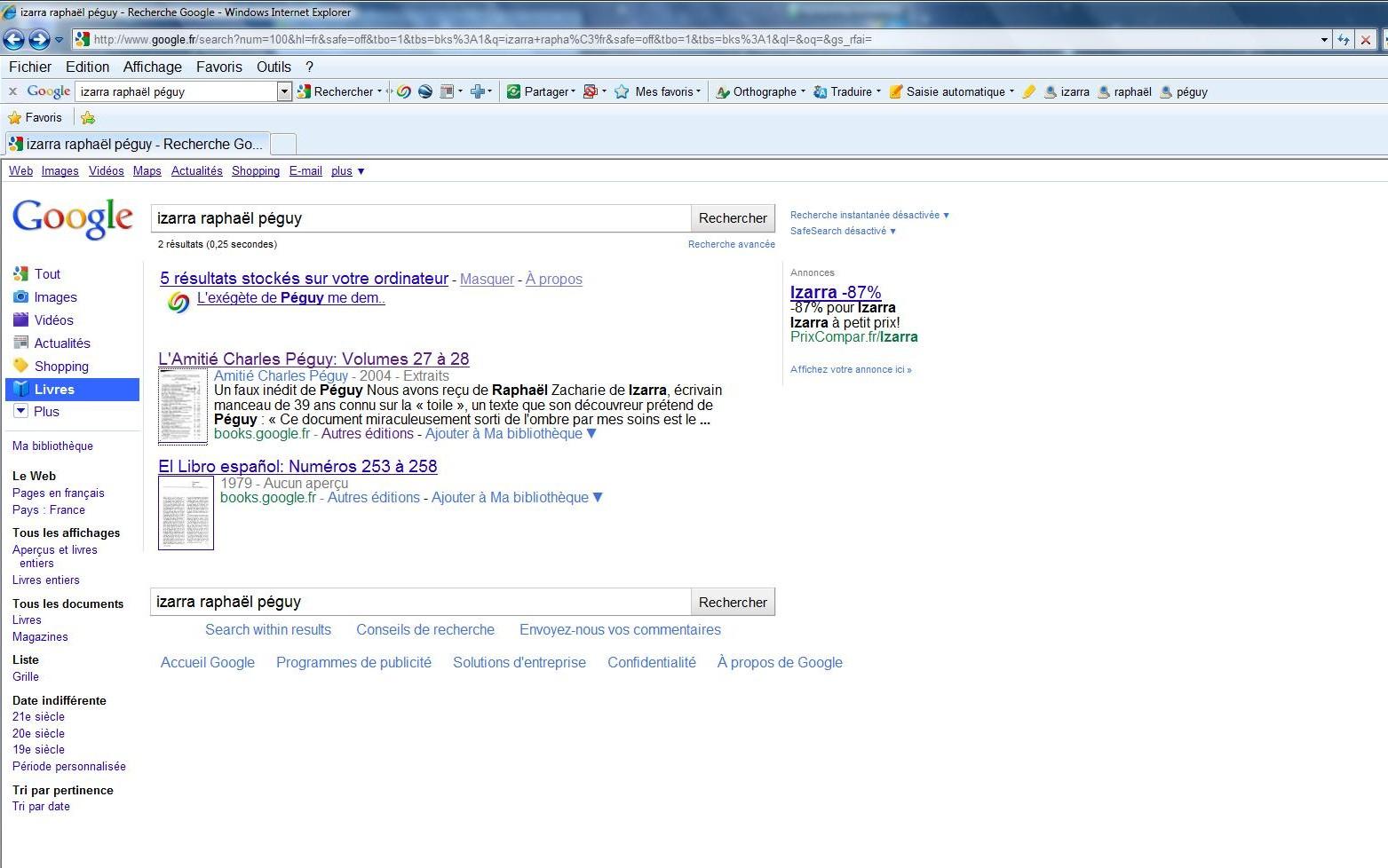VST stands for Virtual Studio Technology. There are three types of VST plug-ins:
- VST instruments: These plug-ins generate audio and are either virtual synthesizers or samplers. Many VST instruments emulate the appearance and sound of famous hardware synthesizers. Popular VSP instruments include Massive, FM8, Absynth, Sylenth 1, Reaktor, Gladiator, Vanguard, and Omnisphere.
- VST effects: Effects process audio instead of generating it. VST effects function like hardware audio processors, like reverbs and phasers.
- VST MIDI effects:MIDI plug-ins process MIDI messages and send MIDI data to other VST instruments and hardware.

VST Plug-ins

The gender of the first cable is wrong-it would need to be XLR female. But the signal you would get would be unusably quiet anyway. The raw output of a microphone is at a level called mic level, which is on the order of millivolts (it's the energy that can be generated from the sound waves bumping into the mic element-think trying to power a wind turbine by yelling at it). By Christopher Breen, Senior Editor, Macworld How-To. How to use an external microphone with a MacBook Air. Today's Best Tech Deals. Picked by Macworld's Editors. Find More Hand-Picked. Jan 15, 2020 Open a recording program and attempt to use the microphone and set the levels. On Windows, you can use the Sound Recorder, on a Mac, Quicktime or GarageBand should do fine. If you're not getting a signal, skip to the next section for troubleshooting tips.
VST plug-ins can be used within a digital audio workstation, in programs like Pro Tools and Logic. They’re frequently used to emulate hardware outboard gear such as compressors, expanders, equalizers, and maximizers. You'll frequently find these distributed to emulate certain models of hardware; there's some for vintage compressors, and you'll frequently find effects that emulate vintage hardware (both in instrumental and stompbox-like effects).
Think of VST plug-ins as really affordable ways to make your home studio sound like a really expensive commercial operation.
VSTi Plug-ins


Aside from VST plug-ins, you'll also find VST-instrument or VSTi plug-ins. These can emulate really cool, but expensive, hardware (like Hammond B3 and Nord Electro). The quality of these VSTi plug-ins can vary from acceptable to really poor; it all depends on the quality of your system resources (RAM and scratch space on your hard drive, for example), and how well-sampled the instrument is. You also want to make sure that your VSTi plug-in offers true polyphonic content, meaning you can make life-like chords that don’t sound too artificial.
Quality
There are thousands of plug-ins available. Some only take a few hours to produce and are free, but the quality is terrible. Some are made by huge companies and sound amazing, but are expensive. VST plug-in developers try to recreate the sound as closely as possible, but the original instrument is probably always going to sound better than the plug-in. You might be trying to get the rich, full-bodied sound of an organ, for example, but who owns an organ? No one has access to every type of instrument, so a plug-in will have to do. The good news is that VST plug-in technology is improving, so quality can only get better with time.
VST Plug-in Standard
Created by Steinberg, a German musical software and equipment company, the VST plug-in standard is the audio plug-in standard that allows third-party developers to make VST plug-ins. Users can download VST plug-ins on Mac OS X, Windows, and Linux. The vast majority of VST plug-ins are available on Windows. Apple’s Audio Units are standard on Mac OS X (it’s actually considered a competing technology), and Linux lacks commercial popularity, therefore few developers create VST plug-ins for the operating system.
How To Use Mic On Mac For Ds 10
Where to Find VST Plug-ins
How To Use Mic On Mac For Ds 4
There are thousands of VST plug-ins available, both commercially and as freeware. The Internet is flooded with free VST plug-ins. Home Music Production and Bedroom Producers Blog have robust lists of VST plug-in recommendations, and Splice and Plugin Boutique also offer a ton of free plug-ins.